Cinnamon Chronicles: A Spicy Journey Through the World’s Most Beloved Bark
When it comes to spices, few can rival the warm, sweet aroma and versatility of cinnamon. Whether you're sprinkling it on your morning oatmeal or stirring it into a Moroccan tagine, cinnamon has a rich history and an even richer flavor profile. But did you know there’s more than one type of cinnamon? From the delicate Ceylon to the bold Cassia, each variety brings its own personality to the table — and kitchen!
Table of Contents
- A Brief History of Cinnamon
- Types of Cinnamon: The Spice Family Tree
- Cinnamon Showdown: Ceylon vs. Cassia vs. Others
- How to Use Different Types of Cinnamon in Your Kitchen
- Buying & Storing Tips for Freshness and Flavor
- Fun Facts You Probably Didn’t Know About Cinnamon
- Conclusion
A Brief History of Cinnamon
Buckle up — we’re going back in time! Cinnamon has been prized for thousands of years, dating all the way back to ancient Egypt, where it was used for embalming and as a luxury item. Fast forward to medieval Europe, and cinnamon became a symbol of wealth and status, often reserved for royalty and nobility.
Interestingly, for centuries, Europeans didn’t actually know where cinnamon came from. Traders kept its origins secret, spreading wild tales about giant birds bringing the bark from unknown lands. Talk about spice mystique!

Types of Cinnamon: The Spice Family Tree
Cinnamon may look like a simple stick or powder in your pantry, but it’s got some serious family drama. There are several species that fall under the cinnamon umbrella, but two main players dominate the market:
- Ceylon Cinnamon (Cinnamomum verum) – The “True” cinnamon
- Cassia Cinnamon (Cinnamomum cassia) – The more common, punchier cousin
And then there are a few lesser-known varieties like Saigon cinnamon (Cinnamomum loureiroi) and Indonesian cinnamon (Cinnamomum burmannii), which we’ll also explore because why not spice things up?
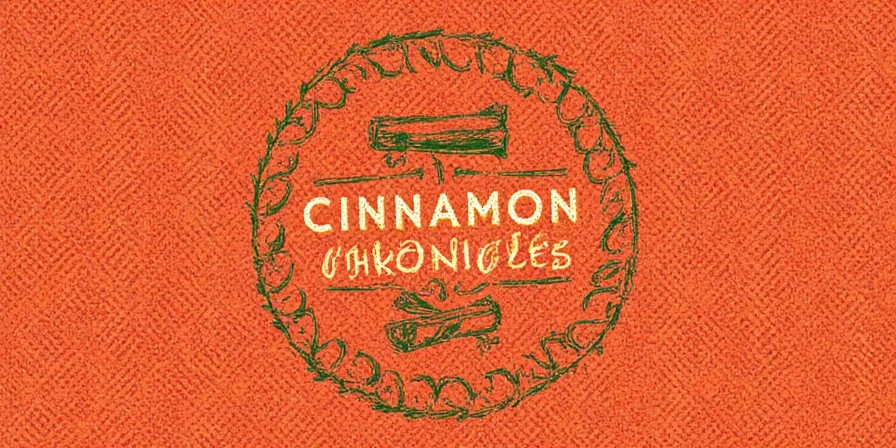
Cinnamon Showdown: Ceylon vs. Cassia vs. Others
Let’s break down the major players with a quick side-by-side showdown. Grab your popcorn — this is the ultimate spice throwdown!
| Feature | Ceylon Cinnamon | Cassia Cinnamon | Saigon Cinnamon | Indonesian Cinnamon |
|---|---|---|---|---|
| Origin | Sri Lanka | China | Vietnam | Indonesia |
| Flavor Profile | Mild, sweet, floral | Strong, spicy, slightly bitter | Intense, sweet, full-bodied | Earthy, smoky, less sweet |
| Texture | Thin, delicate layers | Thick, hard sticks | Thicker bark, medium crunch | Thick, woody texture |
| Coumarin Content | Very low | High (can be toxic in large amounts) | Moderate to high | High |
| Price | Expensive | Affordable | Moderately expensive | Moderate |
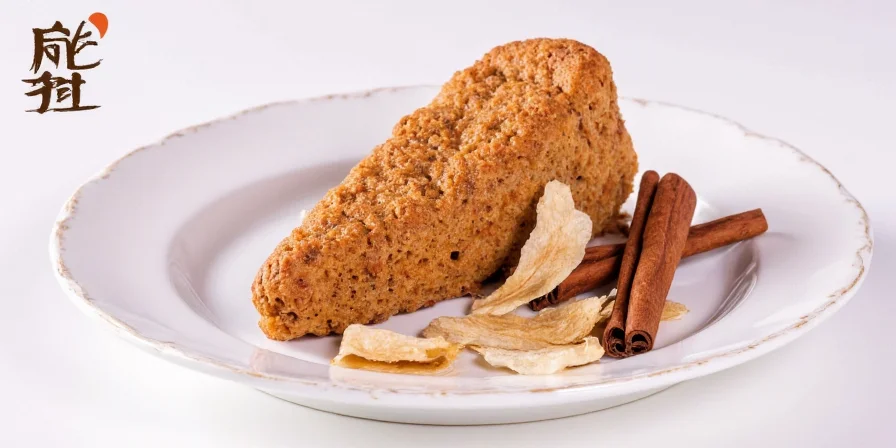
How to Use Different Types of Cinnamon in Your Kitchen
Now that you’ve met the cast, let’s talk about how to use these cinnamon stars in your everyday cooking. Here’s a cheat sheet to get the most out of every sprinkle, grind, and stir:
- Ceylon Cinnamon: Best for desserts, baking, custards, and beverages. Think French toast, chai tea, and spiced cakes.
- Cassia Cinnamon: Ideal for hearty dishes, savory curries, stews, and marinades. Perfect for those cold-weather slow cooker recipes.
- Saigon Cinnamon: Great for bold-flavored desserts like snickerdoodles, pumpkin pie, and mulled wine.
- Indonesian Cinnamon: Works well in traditional spice blends like garam masala and five-spice powder.
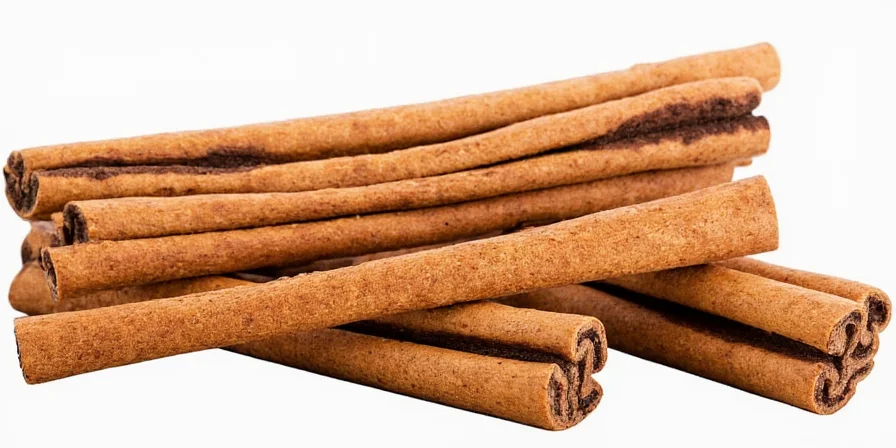
Pro Tip: Grind Your Own
For maximum flavor, invest in a small spice grinder and grind your own cinnamon sticks. It makes a world of difference — like going from flat-screen TV to 4K Ultra HD, but for taste buds.
Buying & Storing Tips for Freshness and Flavor
Cinnamon might last a while, but that doesn’t mean you should treat it like the forgotten kid in the spice rack corner. Here are some smart tips to keep your cinnamon fresh and fragrant:
- Buy Whole Sticks: They retain their potency longer than ground cinnamon.
- Store in a Cool, Dark Place: Like a spice ninja hiding from the sun.
- Avoid Moisture: Keep away from the steamy zone near your stove.
- Smell Test: If it doesn’t smell heavenly anymore, toss it.
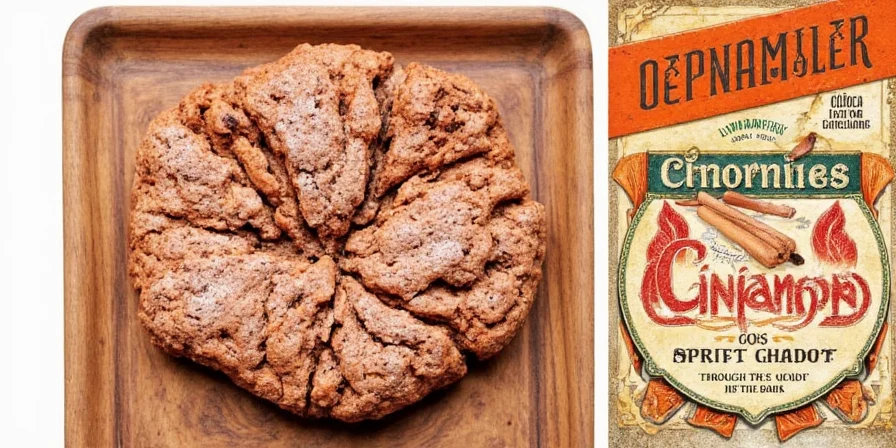
Fun Facts You Probably Didn’t Know About Cinnamon
- Cinnamon was once worth more than silver and gold!
- It has natural antimicrobial properties — yes, it kills germs!
- In ancient Rome, Emperor Nero reportedly burned a year's supply of cinnamon at his wife’s funeral as a sign of grief.
- Cinnamon can help regulate blood sugar levels — so maybe it *is* magic.
- The word “cinnamon” comes from the Hebrew-Aramaic word “qinnamon”, meaning “sweet spice.”
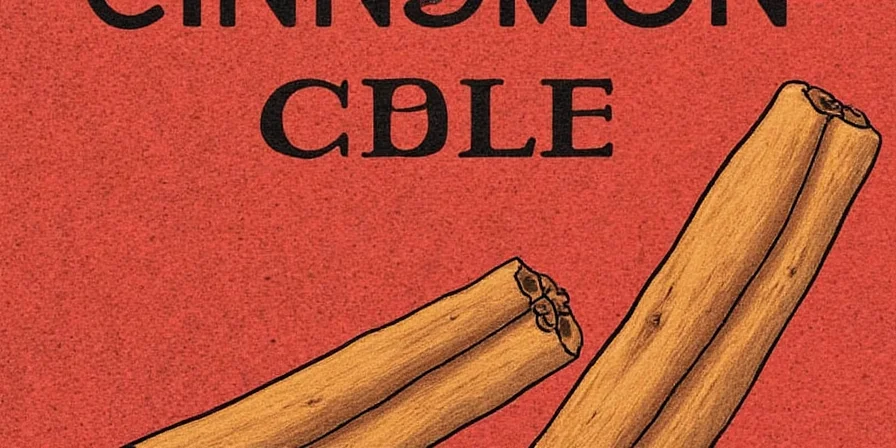
Conclusion
So there you have it — a whirlwind tour through the fascinating world of cinnamon. From the gentle sweetness of Ceylon to the fiery punch of Cassia, and the unique charms of Saigon and Indonesian cinnamon, there’s a variety to suit every palate and purpose.
Whether you’re baking holiday cookies, simmering a spiced stew, or just want to impress your friends with your spice knowledge, now you’re equipped to make informed choices and bring that extra warmth to your dishes.
Next time you reach for that bottle or bundle of sticks, remember — you’re not just grabbing a spice. You’re holding a piece of history, science, and flavor all rolled into one.
Stay spicy, my friends.

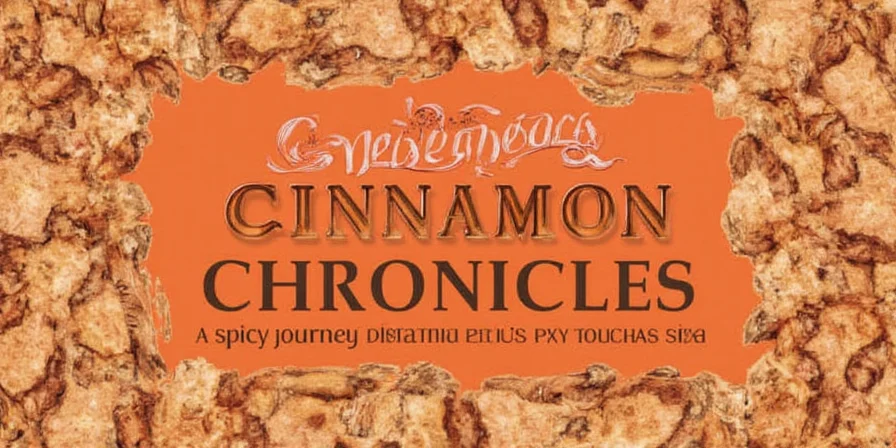









 浙公网安备
33010002000092号
浙公网安备
33010002000092号 浙B2-20120091-4
浙B2-20120091-4